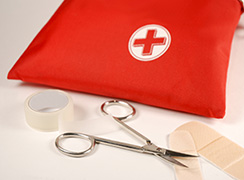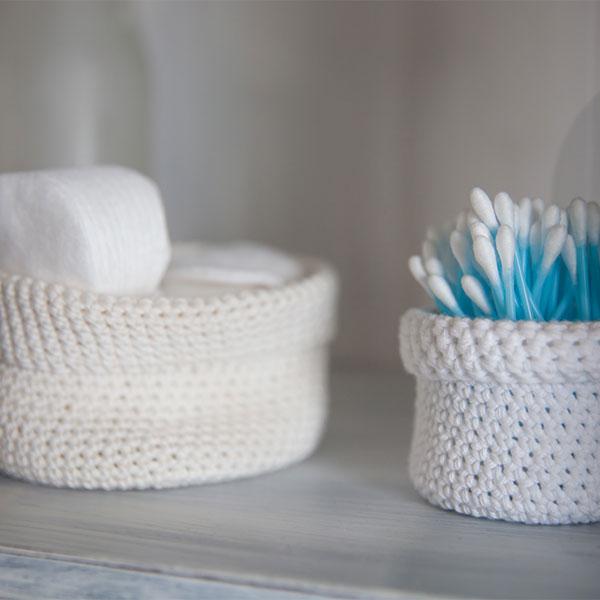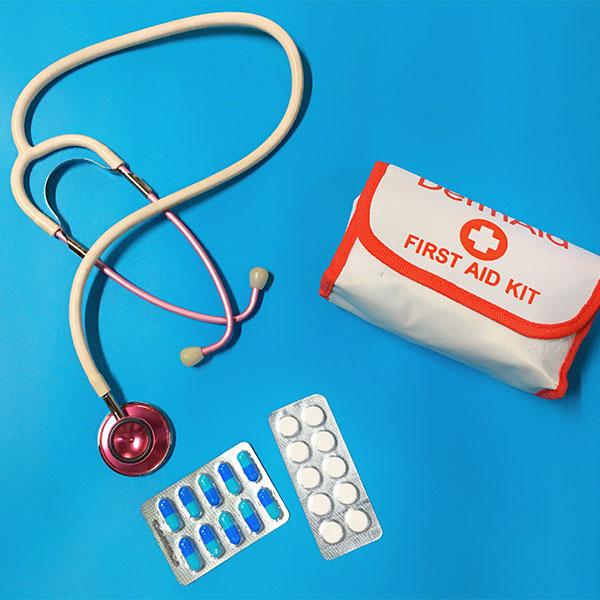Disaster strikes without warning, and in some cases, access to immediate medical care may not be available. According to Stephen Flynn, a former Coast Guard commander and author of *The Edge of Disaster*, the U.S. healthcare system might struggle to manage a widespread pandemic or large-scale emergency. During tough economic times, hospitals often prioritize efficiency over extra capacity.

In such scenarios, being prepared to administer first aid at home is crucial. Over centuries, natural and homeopathic remedies have proven effective in treating conditions like insect bites, burns, and wounds. Modern medicine recognizes the value of essential oils and herbal treatments in first-aid applications. Below, we explore some key remedies and their applications.
Insect Bites & Stings
For insect bites and stings, homeopathy offers several remedies based on individual symptoms and constitutional types:
- Apis mellifica: For stinging pain with rapid swelling; cool applications help relieve symptoms.
- Hypericum: Best for sharp, shooting pains in sensitive areas.
- Ledum: Commonly used for bee, mosquito, wasp, or spider bites; cold applications soothe the area.
- Staphysagria: Helps children with large, itchy mosquito bites.
- Urtica urens: Effective for red, swollen bites with itching and stinging.
Some essential oils also repel insects effectively. Always dilute before applying to the skin:
- Eucalyptus
- Clove
- Citronella
- Neem oil
Burns
For minor burns, these herbal treatments are effective:
- Aloe Vera: Apply cream or gel 3–4 times daily for soothing and healing.
- Calendula: Use as an ointment or tea for topical application. Test skin for allergic reactions first.
- Gotu Kola: A cream containing 1% of this herb aids in tissue repair.
- Propolis: Bee resin with antibacterial properties, comparable to prescription ointments for minor burns.
Wounds
For wound care, consider the following remedies:
Applied to Skin:
- Aloe Vera: Traditionally used for minor wounds and burns.
- Calendula: An ointment or tea for topical application.
- Chamomile: Ointments or creams to promote healing.
- Tea Tree Oil: Reduces inflammation. Avoid for burns.
Taken Orally:
- Turmeric: Anti-inflammatory; enhances effects of bromelain.
- Gotu Kola: Helps repair connective tissue and prevent scarring.
- Pycnogenol: Extracted from pine bark, promotes skin health.
Share Your Experience
Have you used natural first-aid remedies at home? Share your tips and experiences with us!












